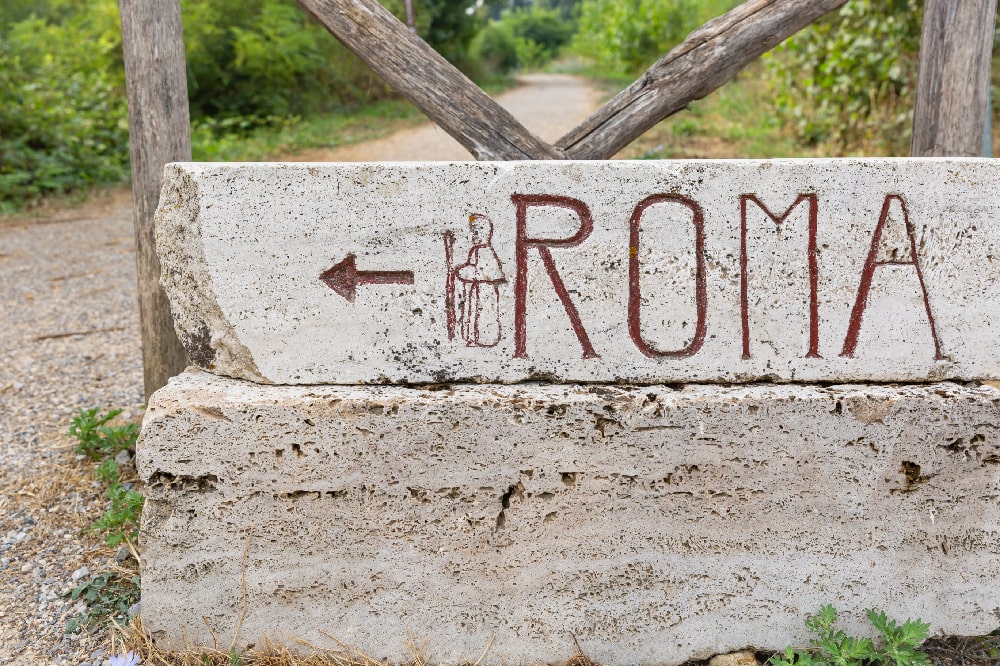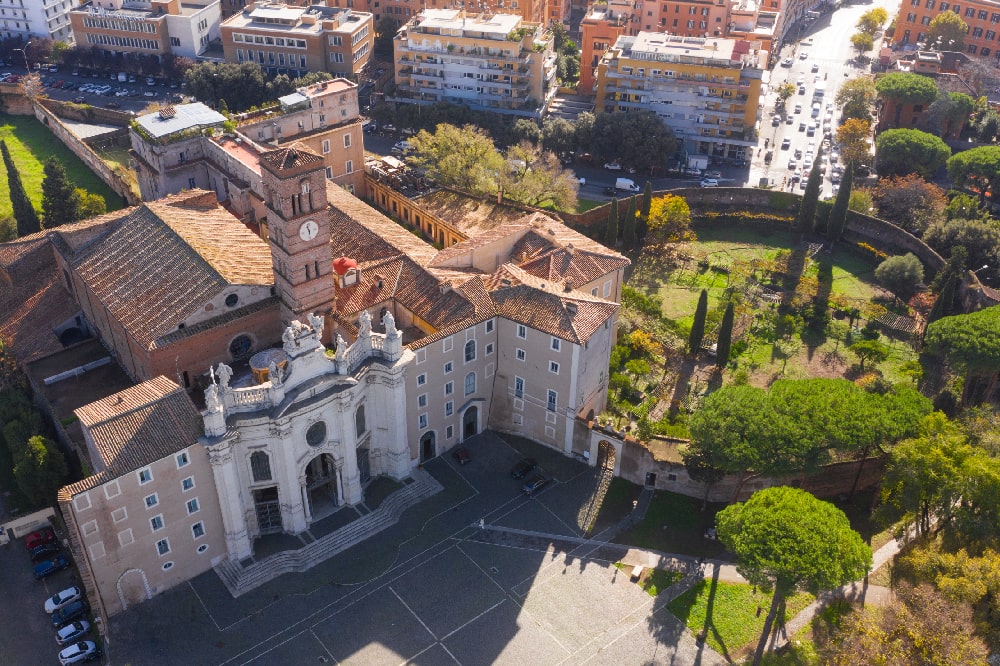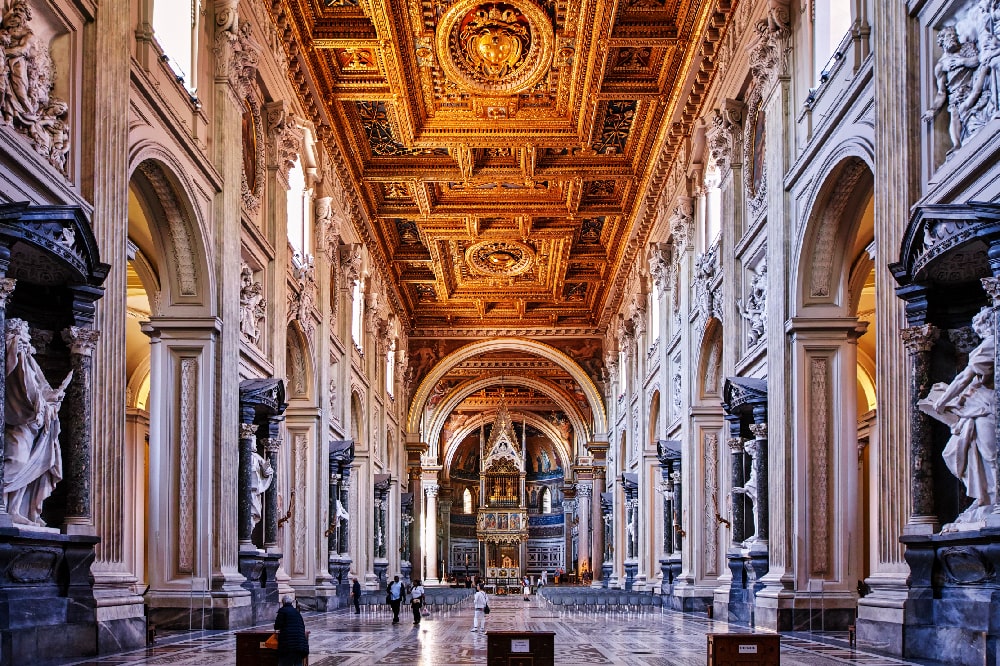Jesus’ crown of thorns is one of the most emblematic symbols of the Passion. Let’s find out why and what has happened to it over the centuries
In ancient times, when a Roman soldier performed acts of great bravery, such that he rendered great service to Rome and its inhabitants, he was awarded the civic crown or oak crown, intended only for those who had saved the life of a Roman citizen. To receive it was a great privilege, and the wearer was covered with honors. This crown consisted of a wreath of oak’s leaves, and we cannot help but think that it was precisely this honorific insignia that the Roman soldiers had in mind when they placed the crown of thorns on Jesus’ head.

The episode, recounted in the Gospels of Matthew (27:29), Mark (15:17) and John (19:2), is the moment in Christ’s Passion following the Flagellation, when the Roman soldiers, about to take Jesus to the place of his torture, wanted to mock him by worshipping him as King of the Jews. To do so, they crowned him with a crown of thorns, placed a reed in his hand as a royal scepter, and then bowed down before him mocking and saluting him, “Hail, O King of the Jews!” (Matthew 27:29; John 19:2-5).
A torment more humiliating than painful, in the immense carousel of suffering that is the Passion, in which a symbol of dignity and majesty like the crown was turned into an instrument of unheard-of denigration and violence.

The meaning of the crown of thorns
We have seen what Jesus’ crown of thorns meant to Roman soldiers. For Christians, however, the crown of thorns becomes a symbol of Jesus’ actual kingship: even in the pain, in the affliction inflicted by those whom He was sent to save, He proves Himself to be King and Messiah, the Servant of God (Isaiah 53) prostrated by sorrows at the will of the Most High, and who “gave Himself up to death and was numbered among the wicked, while he bore the sin of many and interceded for sinners,” but also King of kings and Lord of lords, ready to return from heaven riding on a white horse, to judge and fight with righteousness, with eyes like a flame of fire, wrapped in a cloak drenched in blood, and his name is the Word of God (Revelation 19).

Jesus, King of love, King of sorrow, King of sacrifice. In His humility He consciously chooses the unspeakable pains of the Passion, the humiliation of the cruel mockery and derision of the soldiers and the crowd, the agony of the scourging, the extreme mockery of the crowning with thorns, the agony of the crucifixion. Yet as we contemplate Jesus on the cross, we see, yes, a broken, vanquished, beaten man, but one who in the very instant of his fall rises above everything and everyone and triumphs, as King, and wins over his oppressors, subdues death, routs darkness, defeats sin, again for love and in the name of love.

This is the meaning of Jesus’ crown of thorns, a symbol of humility and defeat that become triumph and royal greatness, of victorious suffering that is a message of life and hope and salvation for all.
The crown of thorns kept at Notre Dame
Among the many priceless treasures kept in the Sainte-Chapelle, the church built by Louis IX of France as the palatine chapel of the royal palace, were many precious relics of the Passion. In addition to a fragment of the True Cross of Jesus, the sponge with which Christ was quenched with vinegar, and the Mandylion, a veil bearing what is said to have been His face, the most valuable piece is certainly the Crown of Thorns, which the French king got from the Emperor of Constantinople as a pledge for a loan and brought to Paris in 1239. After the Chapelle was deconsecrated, the relics were transferred to Notre-Dame Cathedral.

The mystery of the Veil of Veronica, the cloth with the imprint of the face of Jesus
The Veil of Veronica is one of the most mysterious and fascinating relics in the history of Christianity. Where does the legend of the veil…
The Crown of Thorns of Notre-Dame consists of a woven circle held together by a golden thread with 70 thorns attached. It is displayed for veneration by the faithful every first Friday of the month. Around the world there are many thorns considered to have come from the crown of Jesus, about 700 have been catalogued, but many of these Holy Thorns are ‘contact’ relics, meaning they were not part of the crown but were placed on it over the centuries. In Italy, too, many churches claim possession of a Sacred Thorn, the object of popular devotion and fervent worship. Think of the Sacra Spina of Andria, the Sacra Spina of San Giovanni Bianco or that of San Gaetano in Barletta.

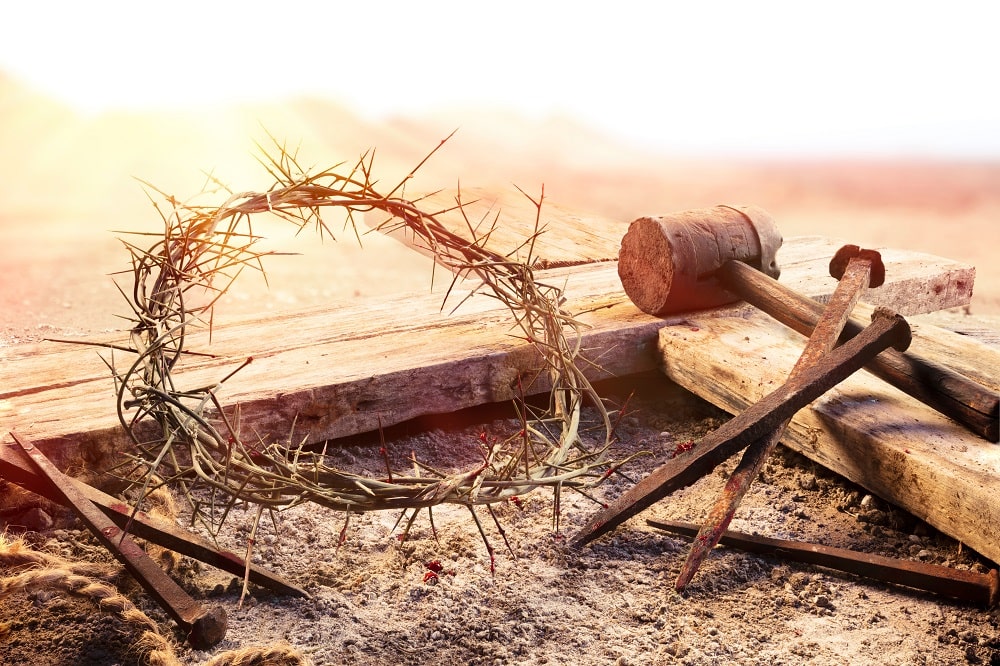
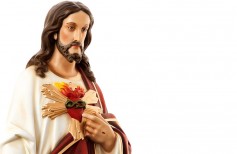

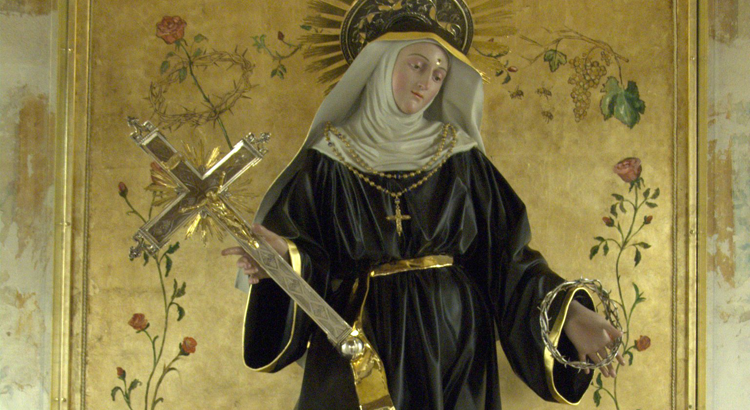
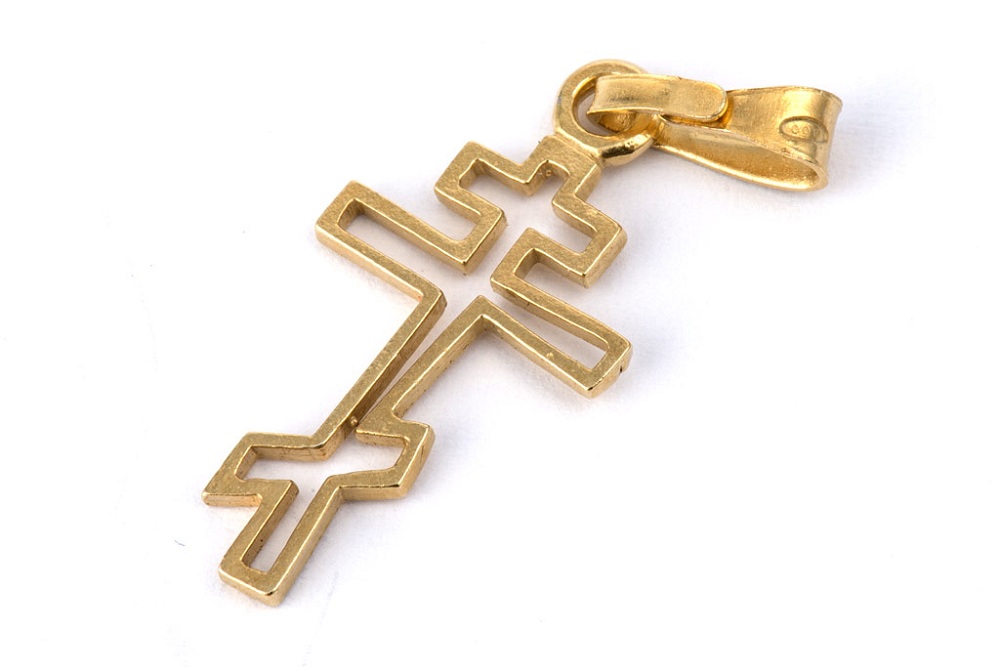


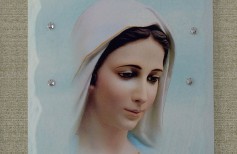
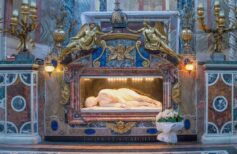
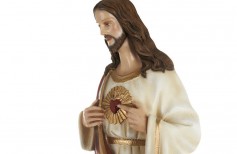







 5 June 2024
5 June 2024
